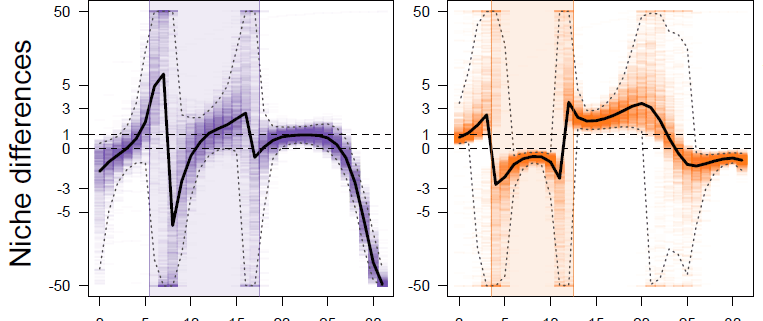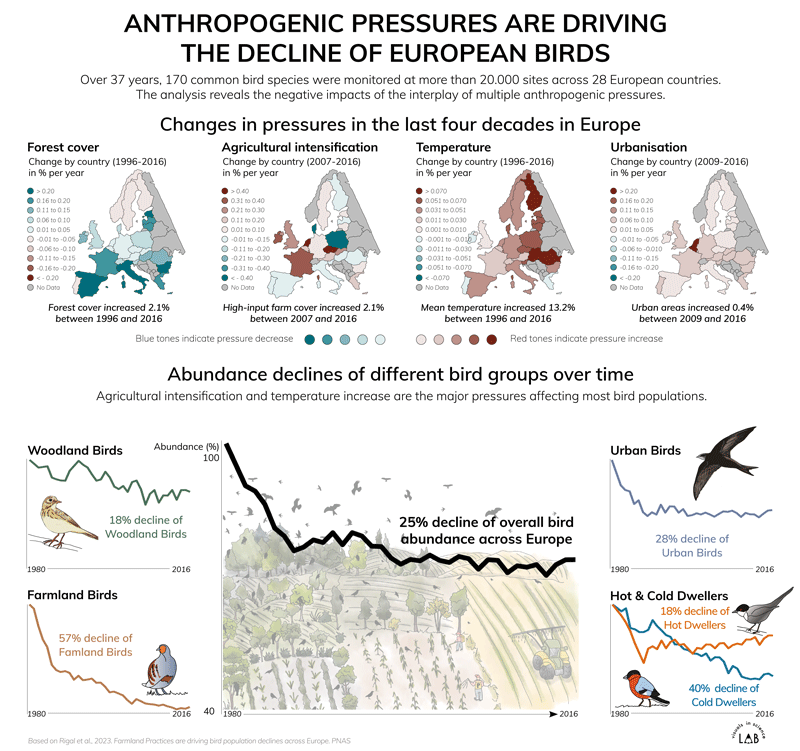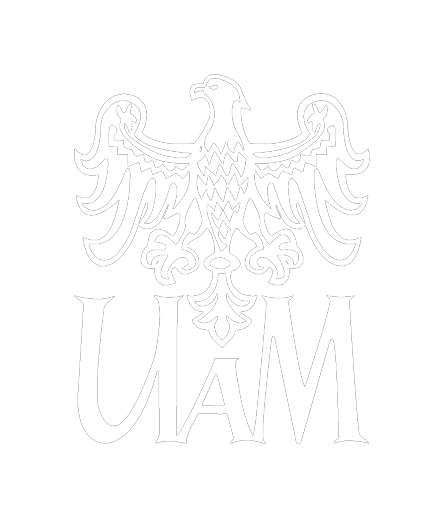In this study, based on comprehensive sampling and evaluation of infestation parameters, we found a great diversity of mites that inhabit wood warbler nests. We showed that this ephemeral, single-season microhabitat, provides a space for survival of numerous mite species, and may play a role in mites’ dispersal.
Alicja Laska, Ewa Puchalska, Martyna Mikołajczyk, Dariusz J. Gwiazdowicz, Andrzej Kaźmierski, Wojciech Niedbała, Jerzy Błoszyk, Ziemowit Olszanowski, Jakub Szymkowiak, Natalia Hałas, Lechosław Kuczyński & Anna Skoracka. Mites inhabiting nests of wood warbler, Phylloscopus sibilatrix (Aves: Passeriformes), in the Wielkopolska National Park in western Poland. Experimental and Applied Acarology, 2023; https://doi.org/10.1007/s10493-023-00792-5
The study was supported by the National Science Centre, Poland, research grant no. 2012/07/N/NZ8/00129 led by Jakub Szymkowiak.








